Elon Musk’s radical and sweeping changes at Twitter have triggered debates about the long-term effect on the brand. Management gurus and entrepreneurs tell us about the efficiency and risks of transforming a work culture too soon
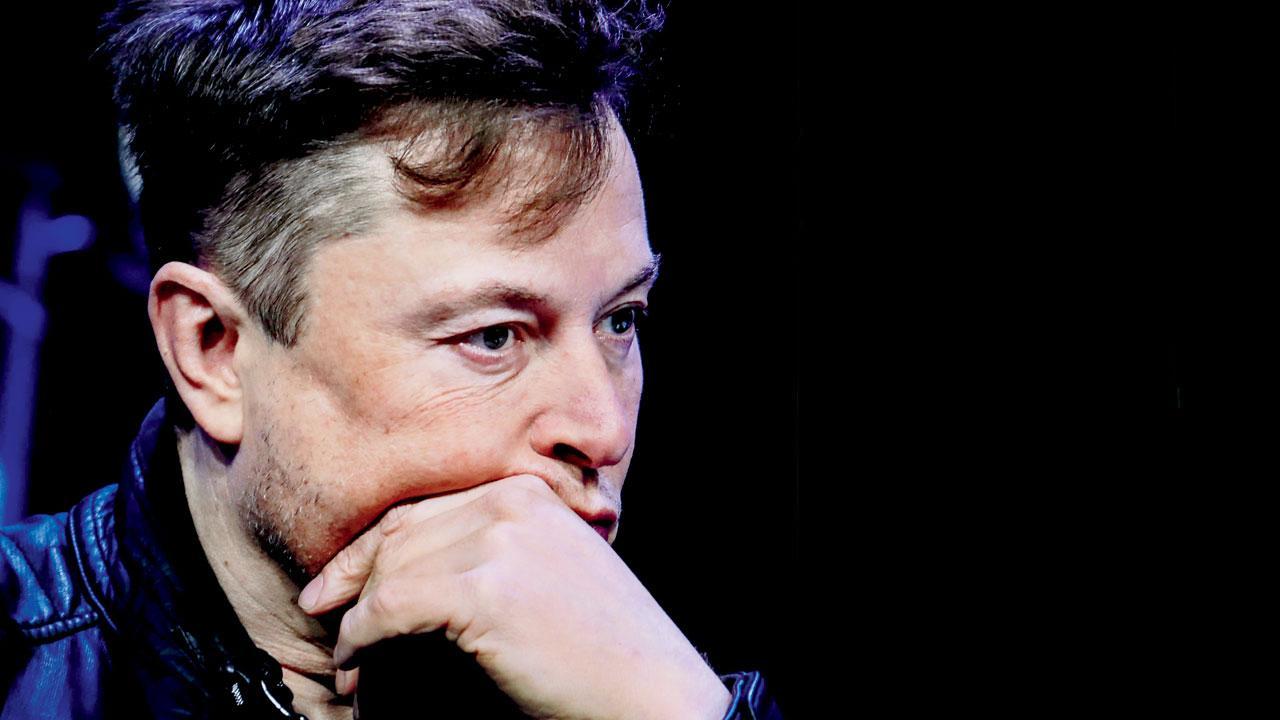
Elon Musk
The bird is free,” was Elon Musk’s succinct but stark announcement of the Twitter takeover. The Tesla founder took over the social media platform after a $44-billion buyout in October, and immediately implemented a revamp of the top-tier management. In the span of a week, CEO Parag Agrawal, legal policy chief Vijaya Gadde and chief financial officer Ned Segal were ousted from the company.
ADVERTISEMENT
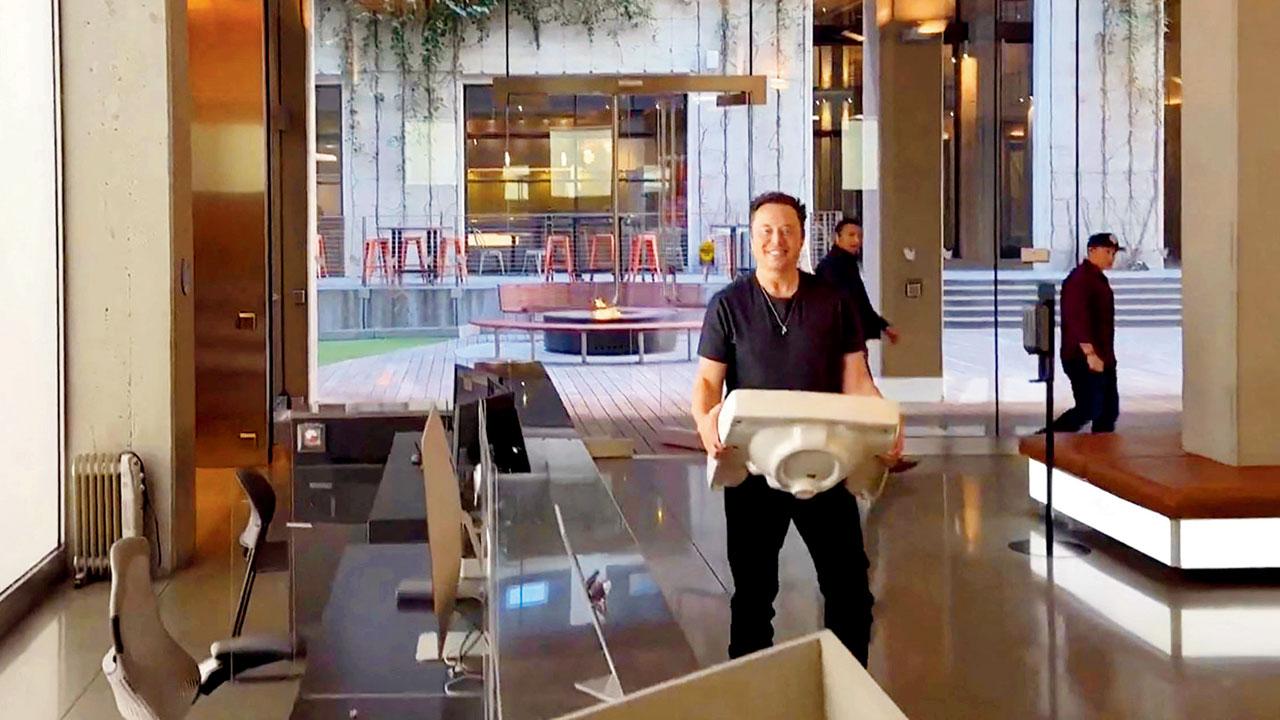
A moment from a video shared by Musk of himself walking into the Twitter HQ in California carrying a sink after the takeover. Pics Courtesy/Getty Images
The decisions and Musk’s past conflicts with Twitter, raised questions whether such drastic steps were ill-advised or an efficient way to shake up the system. High -performance coaches and corporate trainers tell us the consequences of such moves.
Different takes, different times
Narendra Goidani, founder, Life School and Keep Moving Movement
In Europe and America, such moves are not unheard of. Back in the days when Jack Welch was at GE (General Electric), he was called Neutron Jack as he would fire thousands of employees. The management culture in these parts is different when compared to traditional cultures like India. It also depends on the urgency of the entrepreneur. If he believes that unless you purge and create restlessness, it may take a long time to bring about change; then drastic measures are needed.
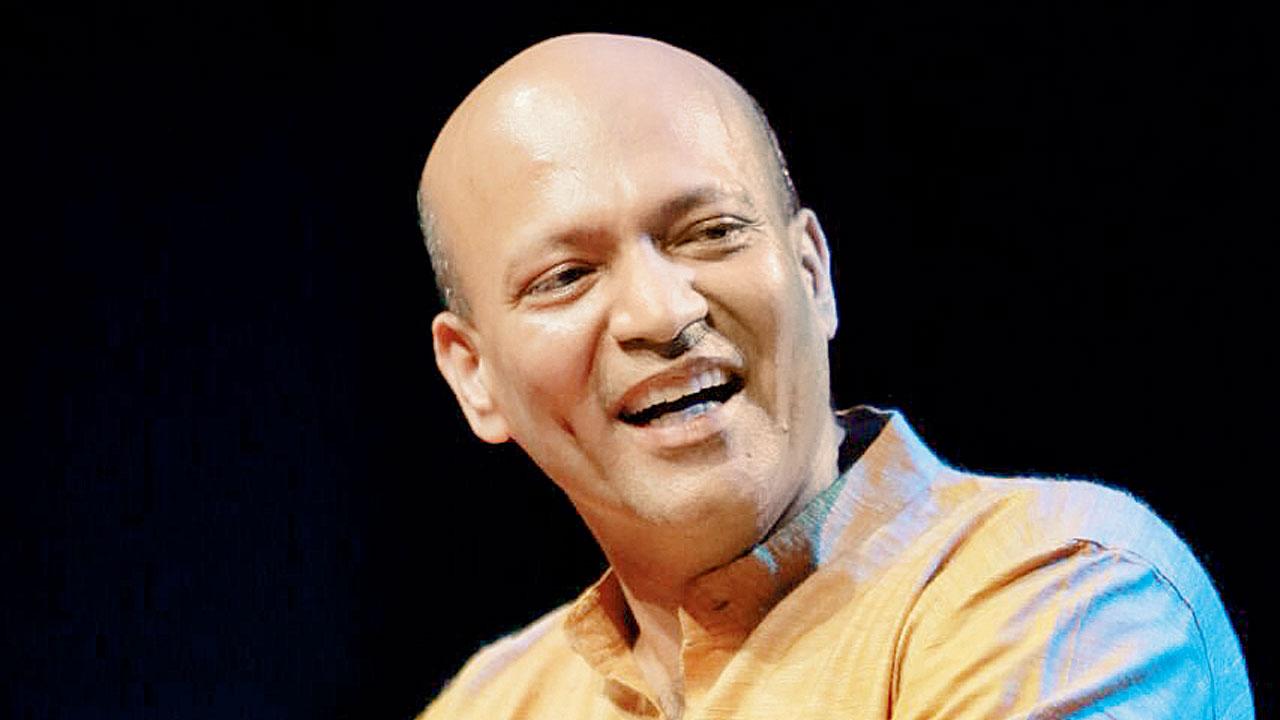
If someone is willing to invest $44 billion into a company, they reserve the right to demand changes. It is also possible that they have a plan that we are not aware of. One needs to be patient for three to six months. Sometimes, promoters like to shake things up. They want people [in the organisation] to be insecure so that they do more than expected. It depends on the personality of the owner who drives the culture of the organisation. In another organisation like Tata for example, they would take their time before implementing any change.
High jeopardy
Aditi Surana, high-performance coach, founder, APT Mental Gym
As a leadership style, Musk has been talking about transparency at Twitter as a big deal. In that context, his decisions have been consistent. Any leader consistent with their messaging works better than one who is inconsistent. The new team he hires now knows where their hard bottom line is.
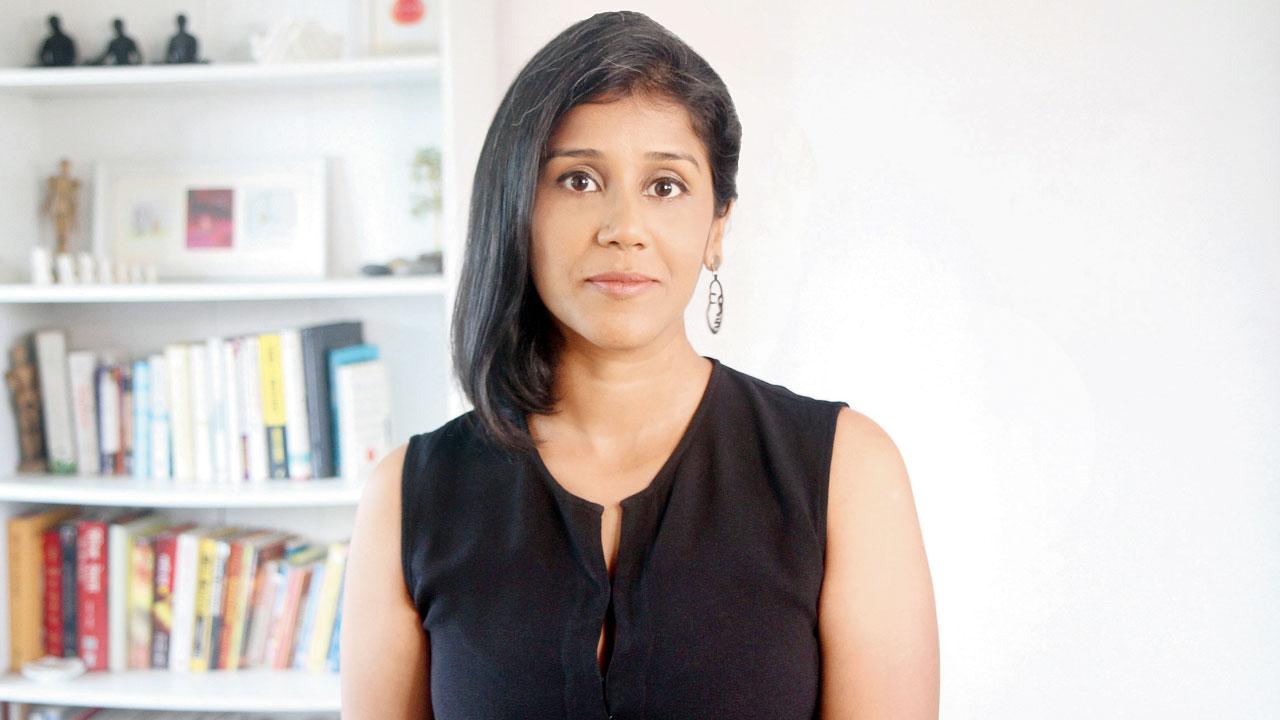
Also, in leadership scenarios, there are no right or wrong decisions, only consequences. If tomorrow, Twitter moves upwards and grows bigger, these decisions will be validated, and vice versa, if it
does not.
But to look at it from an employee perspective, it puts them in jeopardy. It places everyone in an extremely high stress environment. High performers prefer working under pressure, but not pressure accompanied by uncertainty.
Enterprise is all about taking risks
Alessandro Giuliani, managing director, SDA Bocconi Asia Center
In this case, I am not surprised at all. When you want to change something in an organisation, it is normal to change the top management. This is Elon Musk who thinks out of the box. I am sure he will bring in his ideas and a different approach to Twitter. It is understandable that he does not want to cushion people and give it a different business perspective.
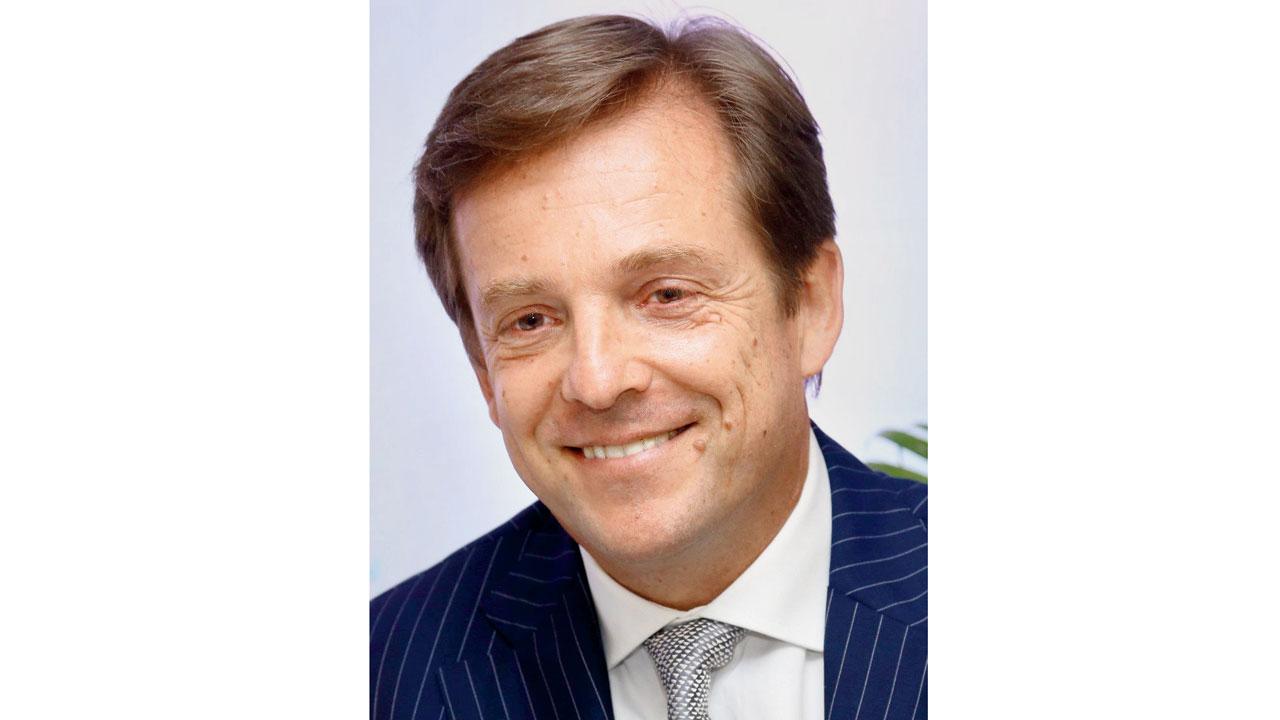
Bringing in radical ideas is always a risk. But such risks need to be taken because that is what entrepreneurship entails. If it doesn’t work, they risk losing trust because the leadership circle has been wiped out. But with a new leader bringing new innovative and inspiring ideas, I would expect other strong leaders to join him and sustain the company through the difficult initial period.
In times of change, there will also be difficult situations. In each business, there are performing and non-performing sectors with adaptive or unadaptive employees. The leadership will have to go through a process of natural selection that depends on the style of the top hierarchy.
 Subscribe today by clicking the link and stay updated with the latest news!" Click here!
Subscribe today by clicking the link and stay updated with the latest news!" Click here!







